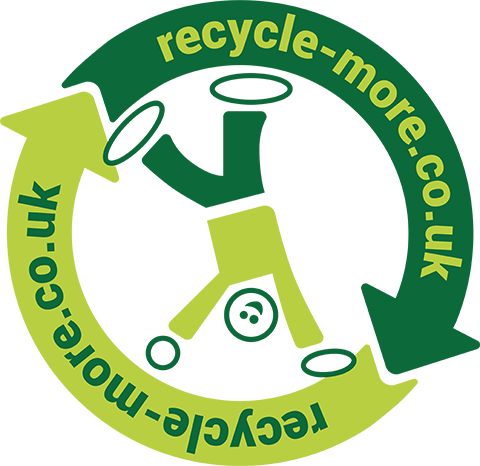
Hot composting – the complete solution for ALL food and most garden waste
Ross More
March 15, 2023
I previously wrote of the merits of home composting to reduce waste and generate what gardens dub ‘black gold’ for your garden!
However, standard composting does have its limitations with meat, dairy and processed food waste not being suitable for home composting, but there is a solution in the form of a hot compost system, which will allow all your food waste to be disposed of at home.
Not only is this the most environmentally friendly way, by reducing waste miles, but it also removes the need to split your food waste and you can include garden waste and many weeds, which cannot be composted via the usual method.
As some councils charge for green garden waste collections, for some people a hot composter will handle all their food and garden waste.
As with conventional composting you will benefit from a fantastic bi-product with nutrient dense compost to help your garden or food crops.
A hot composter system will generally cost more to buy than a conventional home composter, but the benefits include:
- Faster decomposition – generate ‘liquid gold’ for your garden quicker
- Sealed enclosures at the base – less likely to attract vermin or pests
- Simpler system with no needing to split different waste types
- Can take small/thin shrub clippings
Many local councils subsidise the cost of compost bins, including hot composters, so it is worth checking if your local council does this as it can result in quite a saving.
There are a variety of hot composting systems available, some that require bulking agents to be added. Personally, I have found the Green Johanna hot composter to be simple to use since no extras need adding, just the correct mix of ‘green’ and ‘brown’ waste material. That said, other hot composters produce compost faster which can be a bonus for eager gardeners or those with limited space, so do some research and find one to suit your needs.
How to start home hot composting
All compost systems should come with clear instructions, so make sure you read them carefully to get the most out of yours.
The required location of your composter can vary dependant on the type you choose but do consider a suitable position that will enable you to easily add material and to empty it once compost is ready.
You may need to line the base with twigs, thin branches, and grass cuttings before you begin adding other materials, so bear that in mind before you get started, as the time of year will determine the availability of these materials.
What can you put in your hot compost?
- Grass cuttings
- Leaves
- Any food waste including processed food and meat
- Meat carcasses - although some systems will not decompose bones so would need removing later
- Clippings from plants
- Weeds (preferably before they go to seed)
- Shredded paper
- Hair!
- Non glossy cardboard
- Ground coffee
- Sawdust (untreated wood only)
It is not recommended to compost bind weed.
Make sure you follow the ratio of material types e.g., 50% green to 50% brown waste - check instructions!
Looking after your hot composter and harvesting compost
Usually, you should keep the compost moist, adding water if needed. The compost process will be sped up by turning the material, but not all hot composters require this.
If you do need to include brown material at a ratio beyond what your garden consistently produces then stockpile or utilise household waste such as newspapers, toilet rolls, shredded paper, and brown cardboard.
Disclaimer: The opinions expressed in this blog represent those of the author, Ross More, and are not those of recycle-more, Valpak Limited or any other organisation.





